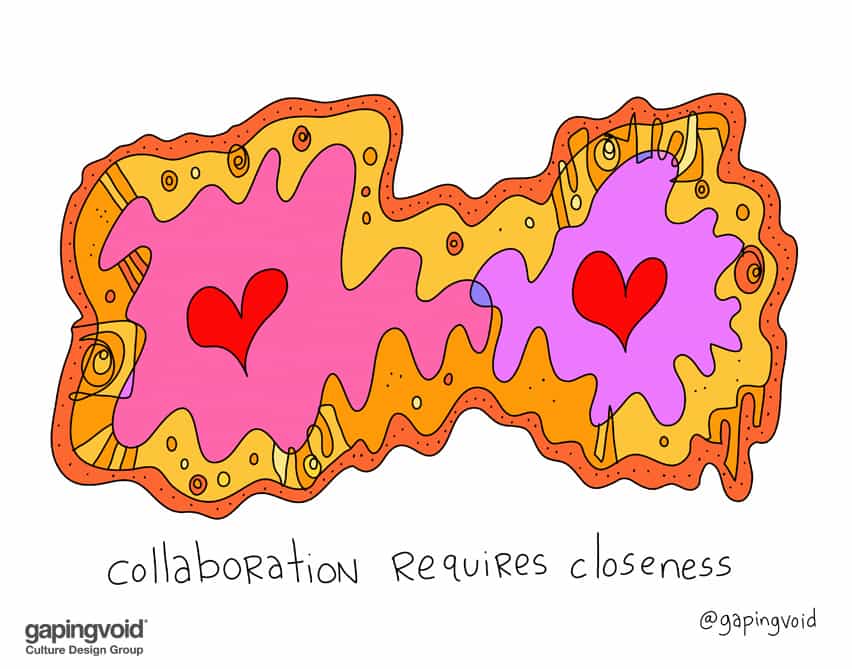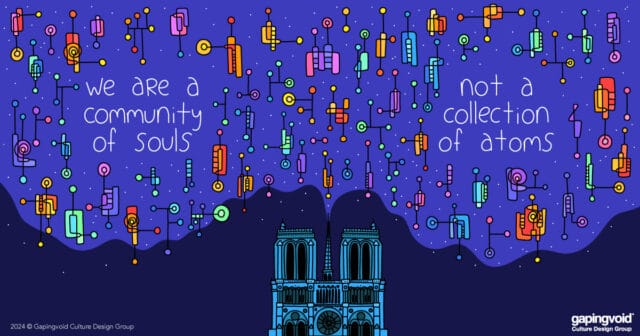
Everyone wants to work in a nice environment. Comfy chairs, good light, cool amenities. While offices have become nicer, people still clamor to work remotely. Many people seem to like it, especially since it saves the trauma of the commute, and companies save on office costs. But, the hidden costs are rarely discussed.
First, the obvious ones which come in the form of pets, kids, laundry, repairmen and the fridge. It is much harder than anyone admits to work focused and uninterrupted at home. The lack of separation of work and home is maddening for some folks.
The second, often overlooked aspect is what we could categorize as cultural degradation. Not being the office, not dealing face to face with coworker or your managers simply puts you at a disadvantage that makes you less productive. Social capital matters a great deal in being effective and remote work heavily impacts the quality and quality of interactions.
In fact, remote working puts the Allen Curve on steroids. Allen, in a 1979 study concluded that the level of collaboration of engineers declines dramatically the further apart they sit. It only took 200 feet of office to significantly impair collaboration. I’d bet that technology has made up for a bit of that, but we do consistently find that remote workers are not as aligned with organizations as their counterparts at HQ.



